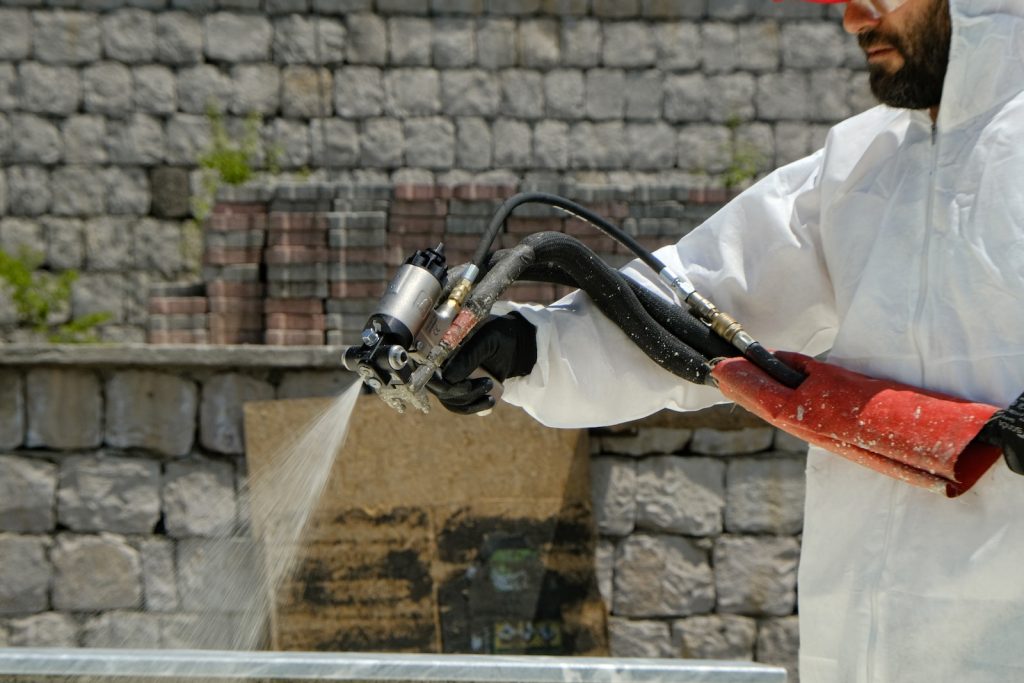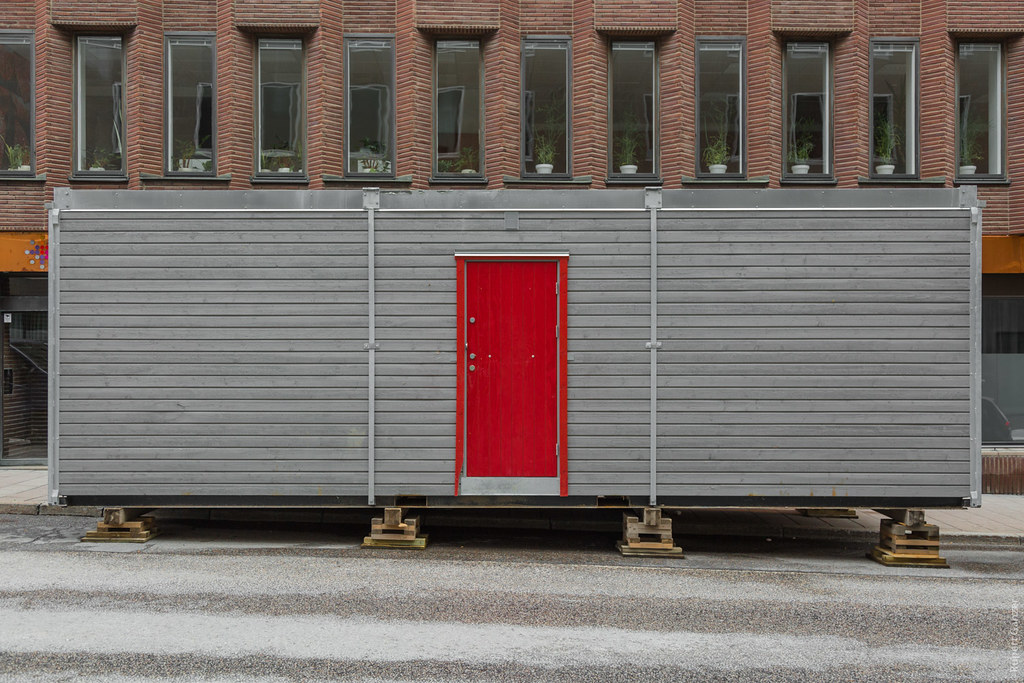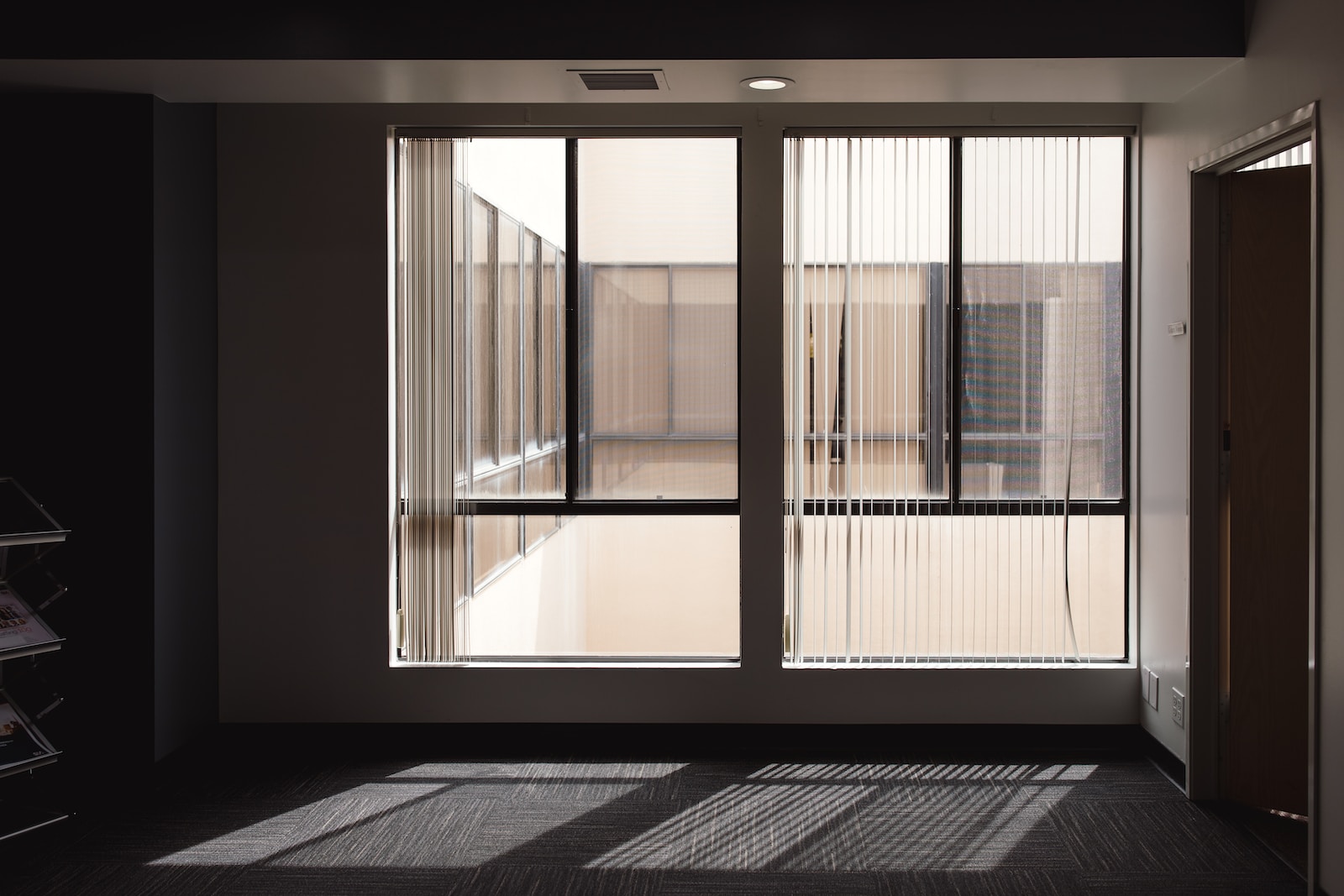Howdy, fellow container home enthusiasts! It’s Lulaa Black here, your friendly neighborhood container home aficionado, and I’m back with another exciting topic for all you aspiring container home dwellers out there. Today, we’re diving headfirst into the world of insulation and its paramount importance in maintaining the ideal temperature within your steel haven.
Now, I know what you might be thinking. “Insulation? That sounds about as thrilling as watching paint dry.” Well, hold on to your steel beams, my friends, because understanding the ins and outs (pun intended) of insulation in your container home can be a game-changer when it comes to comfort, energy efficiency, and, dare I say it, saving you some cold, hard cash. So, let’s embark on this adventure and explore how insulation plays a crucial role in managing your container home’s temperature.
The Container Conundrum
Before we get into the nitty-gritty of insulation, let’s address the container conundrum. Shipping containers are renowned for their sturdiness, versatility, and of course, their ubiquitous use in global trade. However, when it comes to converting them into cozy abodes, they do come with a couple of challenges, one of which is temperature regulation.
Containers are basically large metal boxes, and metal, as you probably know, has some interesting thermal properties. It conducts heat like a champ, meaning it readily absorbs and releases heat, which can make the interior of your container home feel like a sauna in the summer and an icebox in the winter if not properly managed.
The Insulation Solution
So, how do we combat these temperature extremes? That’s where insulation enters the stage, wearing its superhero cape (well, not literally, but figuratively). Insulation acts as the buffer between the unforgiving exterior of your container and the cozy interior you dream of. It slows down the transfer of heat, keeping your container home at a more comfortable and stable temperature. But wait, there’s more!
Let’s break down the various types of insulation commonly used in container homes and see how they contribute to maintaining that Goldilocks-level temperature – not too hot, not too cold, just right.
Spray Foam Insulation
Think of spray foam insulation as the superhero with the quickest reflexes. It’s like the Flash of the insulation world. This insulation is applied as a liquid, which then expands and hardens into a solid foam. The beauty of spray foam is its ability to fill every nook and cranny, creating an airtight seal that keeps the outside elements where they belong—outside!
This type of insulation not only provides excellent thermal resistance but also acts as a sound barrier, helping to keep unwanted noise out. Plus, it’s moisture-resistant, which is a big bonus for preventing mold and mildew growth, something you definitely don’t want in your container home.
Fiberglass Insulation

Fiberglass insulation is like the old, reliable friend who’s always there when you need them. It consists of tiny glass fibers that trap air pockets, creating an effective thermal barrier. While it may not offer the same airtight seal as spray foam, it’s still an excellent choice for insulating container homes.
One of the advantages of fiberglass insulation is its affordability, making it a popular choice for budget-conscious container home builders. However, it’s essential to ensure proper installation to prevent gaps and maintain its effectiveness.
Reflective Foil Insulation
Now, let’s talk about the shiny superhero in the insulation world—reflective foil insulation. This material is like the Iron Man suit of insulation, with its reflective surface that bounces radiant heat away. It’s particularly effective in hot climates where keeping your container cool is the top priority.
Reflective foil insulation is easy to install and doesn’t take up much space, making it an excellent choice for those working with limited interior dimensions. It’s also a fantastic complement to other types of insulation, helping to create a well-rounded temperature control system.
Polystyrene Insulation
Polystyrene insulation, or foam board insulation, is like the wise sage in our insulation lineup. It comes in rigid panels and offers excellent thermal resistance. It’s moisture-resistant and doesn’t deteriorate over time, which is a plus for long-term container home sustainability.
One notable feature of polystyrene insulation is its resistance to pests and insects, which can be a concern in some areas. So not only does it help with temperature regulation, but it also keeps the critters at bay.
Earthwool Insulation
Earthwool insulation is the eco-conscious superhero of the bunch. Made from recycled glass and sand, it’s an environmentally friendly option that still delivers excellent thermal performance. It’s non-itchy, easy to handle, and has a low environmental impact.
This type of insulation is a solid choice for those who want to reduce their carbon footprint while enjoying a comfortable living space in their container home. It’s energy-efficient and helps keep your home warm in the winter and cool in the summer.
Combining the Forces of Insulation
Now that we’ve met our insulation superheroes, the real magic happens when you combine their forces. Many container home builders opt for a multi-layered approach, incorporating different types of insulation to create a robust thermal barrier.
For example, you might use spray foam insulation to create an airtight seal, followed by fiberglass insulation for its affordability, and finish it off with reflective foil insulation to combat radiant heat. This combination can provide the ultimate protection against temperature extremes, keeping your container home comfortable year-round.
Other Temperature Control Strategies
While insulation is undoubtedly a critical component in managing your container home’s temperature, there are a few additional strategies you can employ to maximize comfort and energy efficiency:
Proper Ventilation

Installing windows and vents strategically can help regulate airflow, preventing heat buildup in the summer and promoting warmth in the winter.
Shading
Consider exterior shading solutions like awnings or pergolas to block direct sunlight during the hottest parts of the day.
Climate Control Systems
Depending on your location and budget, you might want to invest in heating and cooling systems, such as mini-split HVAC units or radiant floor heating.
Passive Solar Design
Designing your container home with passive solar principles in mind can harness the sun’s energy for heating in the winter and shading in the summer.
Insulated Roofing
Don’t forget about the roof! Insulating the roof can further improve temperature control and energy efficiency.
In Conclusion
When it comes to managing the temperature in your container home, insulation is the unsung hero you can’t afford to overlook. It’s the key to transforming your metal box into a comfortable and inviting living space. Whether you opt for spray foam, fiberglass, reflective foil, polystyrene, or earthwool insulation, each type has its unique strengths and can contribute to a more enjoyable container home experience.
So, as you embark on your container home journey, remember that insulation isn’t just about staying warm in the winter and cool in the summer. It’s about creating a space that’s uniquely yours, where you can escape the outside world and find solace in the perfect temperature, just like Goldilocks in her ideal porridge. Here’s to your container home adventure, with insulation as your trusty sidekick, keeping you comfy year-round!



















Find Us on Socials